What does “days to maturity” mean on seed packets or transplant labels?
This is part of the Garden Seeds series. Articles in this series can be found on our website under The CdA Coop Blog > Gardening > Garden Seeds.
Given our relatively short growing season in north Idaho, I often have customers questioning if the large, beefsteak tomato cultivars I sell will actually produce tomatoes before frost hits.
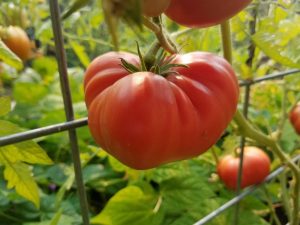
It’s a valid question, and the good news is, yes! We only sell tomato and vegetable starts that are relatively early in days to maturity and adapted to our climate. But what exactly does “days to maturity” mean?
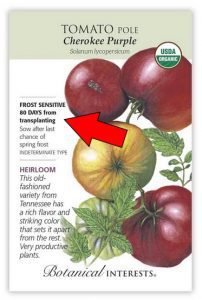
When purchasing vegetable seed or transplants, you’ll notice each variety has a stated “days to maturity” listed on the package or plant label. In short, this means the number of days it will take for the plant to produce a harvest.
It seems simple enough, but when should you start counting those “days?” Is it from the time you plant seeds or when they emerge? What about seedling transplants — either purchased or started from seed? How do you figure that out?
Direct Sown Seed
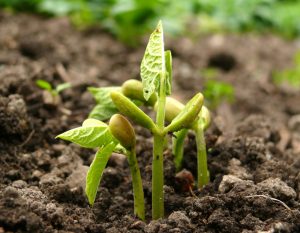
For vegetables that are directly sown into the ground, the count begins when the seedling has its first set of true leaves. For example, beans produce their first set of true leaves within a day or so of germinating.
The “days to maturity” for ‘Blue Lake’ green beans is stated to be 60 days, therefore, you’d expect to begin harvesting beans from these plants in about two months from when the first true leaves appeared. Days to maturity is a general timeline for harvest when plants are grown in optimum conditions. Note “optimum conditions” — weather and other factors can affect this!
Seedling Transplants
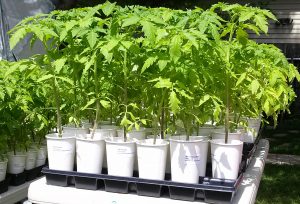
For vegetable starts purchased from a nursery, the “days to maturity” begins when the starts are planted into the ground. The time difference between direct sown and transplants is because transplants take a bit more time to acclimate to their new digs. Given that, you could expect to harvest fruit from a 75-day tomato start about 2 1/2 months after planting it in the garden.
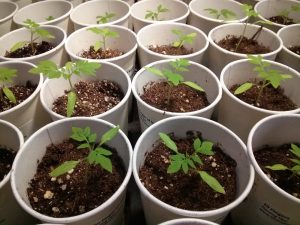
What about crops that are started indoors, 6 to 8 weeks before the last frost? Isn’t it just like direct sowing? This is where it can become confusing for gardeners who are starting plants from seed.
As with transplants, days to maturity for seedlings started indoors begins when they are transplanted in the garden — not when they get their first true leaves.
Choose Wisely
Our north Idaho climate gives us about 120 frost-free growing days — usually from mid-May through September. Some years we get less, some years more. To ensure a harvest from planted seed or purchased transplants, seek out vegetable varieties that are “early” varieties and suited for our shorter growing season — choose cultivars that will mature in 90 days or less!
The Coeur d’Alene Coop offers a variety of early-maturing heirloom tomato and vegetable starts. See our 2019 selection here.


Leave a Reply